Explore DesignShifts
Here, you’ll find the DesignShifts we’re exploring both in theory and in practice. Each topic explores Shifting the posture, power, perspective, practice, and the purpose of design.
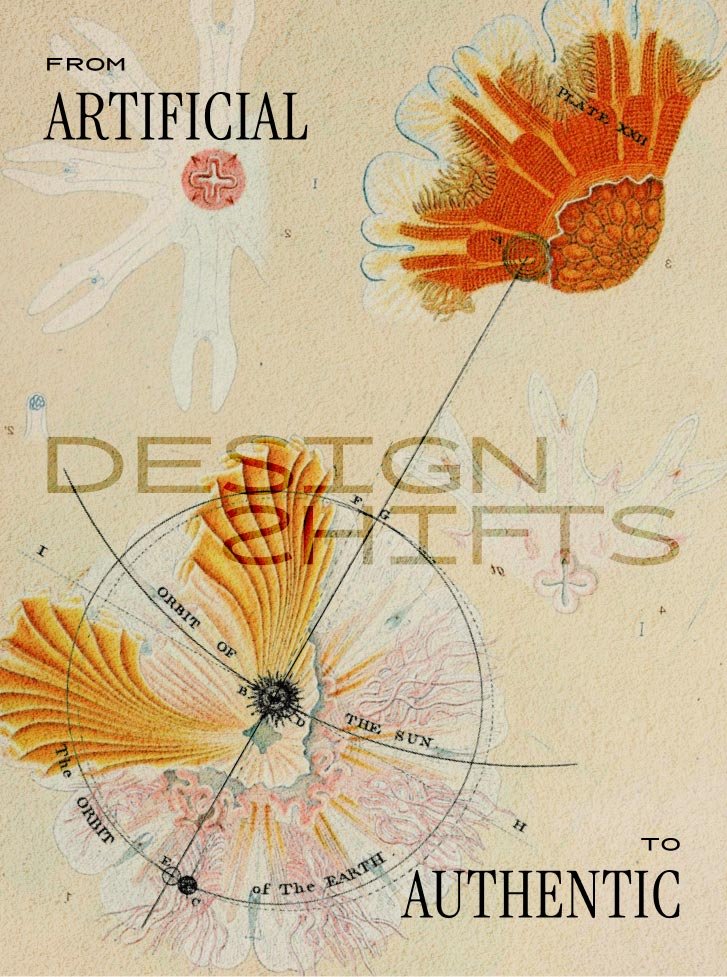
DesignShift: From Artificial to Authentic
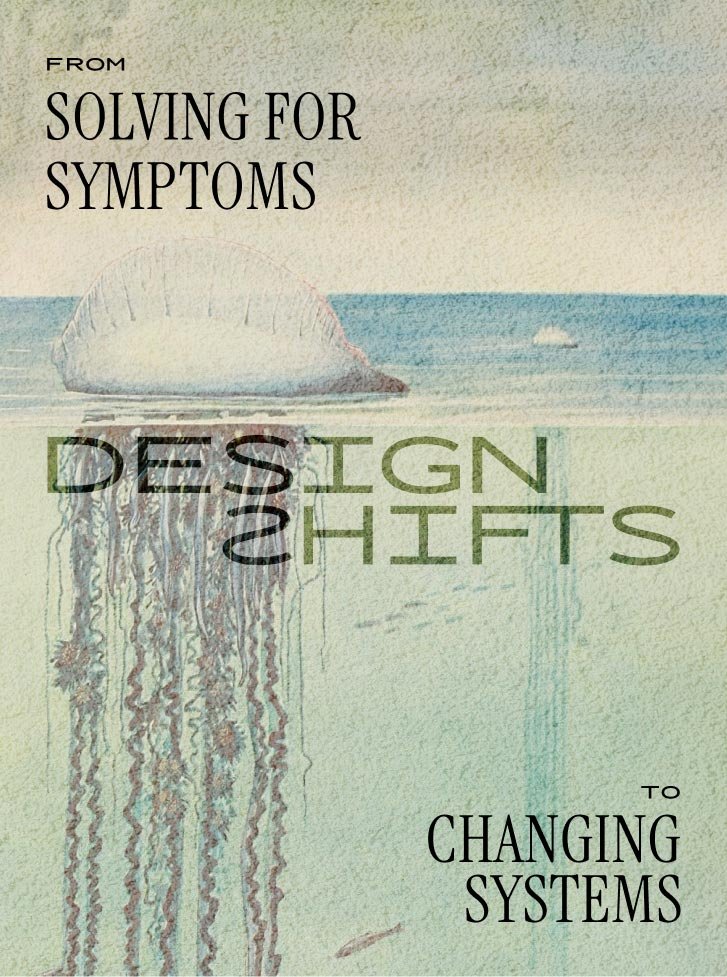
DesignShift: From Solving For Symptoms to Changing Systems
“To expect ourselves to change without changing the environment in a dopamine overloaded world is to expect ourselves not to be human.”
Recently I listened to the podcast "The Path to Enough" where the Psychiatrist Anna Lembke discussed the addictive nature of our devices and how our behaviors are influenced by the environment we find ourselves in. As a designer passionate about designing for real human needs, this quote hit home for me.
Through our products and services, we tell people that with the right device or app, they can achieve more or become healthier and happier. However, behind our design solutions are systems that make change next to impossible. We’ve created environments where our jobs and our lives keep us inside for most of the day. We spend 8+ hours at the computer and the pace of work limits our ability to go for a walk or take a break. Yet... we design products and craft messages that tell consumers that all they need to get back in shape is a well-designed fitness tracker on their wrist.
DesignShift: What if… rather than solving for individual symptoms, we started changing the system that is actually holding us back? What if we designed environments are actually conducive to being human?
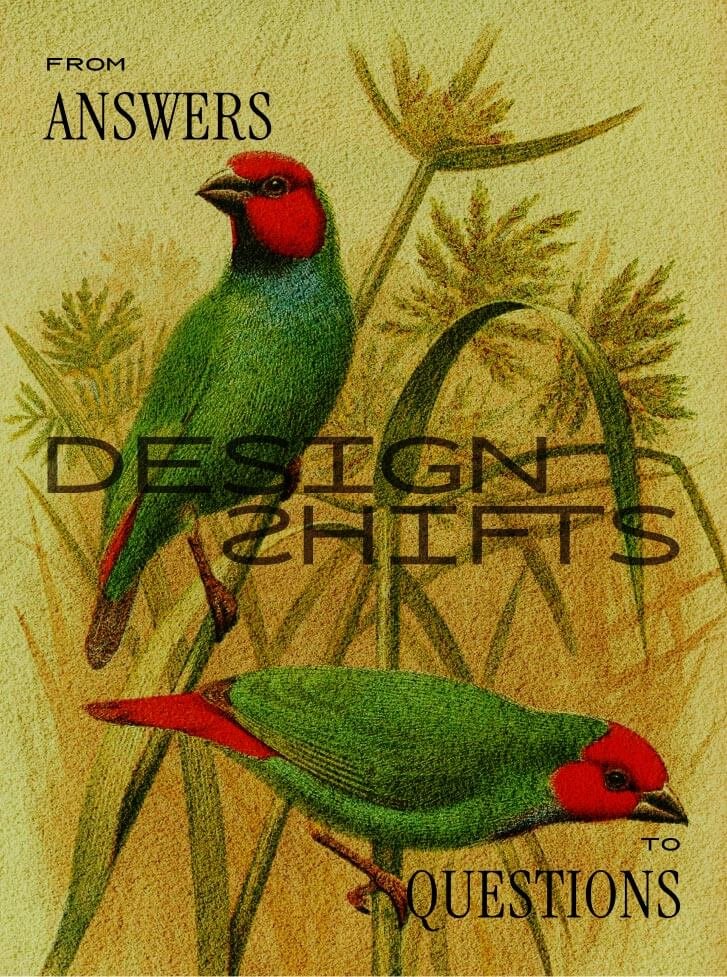
DesignShift: From Answers to Questions
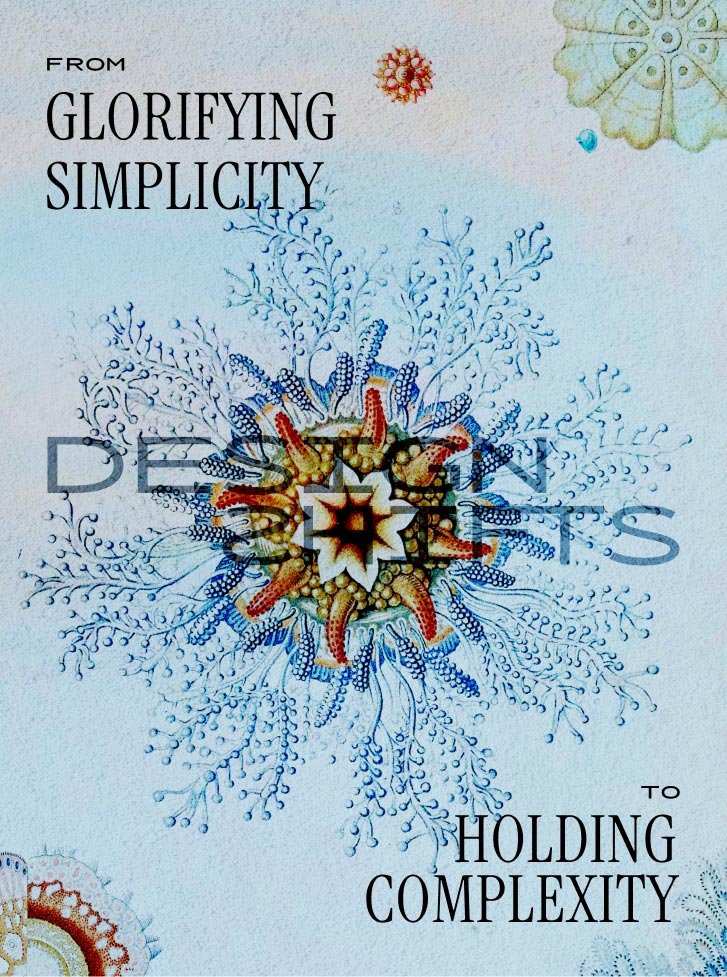
DesignShift: From Glorifying Simplicity to Holding Complexity
If we want to move from designing things to designing change, rather than simplifying the complex, we must find ways to hold and be with the complexity that exists around us and inside of us. Rather than rushing to fix, solve, or clean up, we must embrace contradictions and tensions as essential parts of the design process.
hashtag#DesignShift 16: From Glorifying Simplicity to Holding Complexity.
One of my favorite tools for holding complexity is called Vent Diagrams. A “vent diagram” is a diagram of the overlap of two statements that appear to be true and appear to be contradictory. The goal is to purposefully not label the overlapping middle.
Making vent diagrams as a practice helps us recognize and reckon with contradictions and keep imagining and acting from the intersections and overlaps. Venting is an emotional release, an outlet for our anger, frustration, despair -- and as a vent enables stale, suffocating air to flow out, it allows new fresh air to cycle in and through.
We’re trying to make “vents” in both senses of the word: tiny windows for building unity and power, emotional releases of stale binary thinking in order to open up a trickle of fresh ideas and air.
@Vent_Diagrams: contradicting truths towards collective liberation, is assembled by artist Rachel Schragis & teacher E.m. Eisen-Markowitz, two queer white jews on turtle island
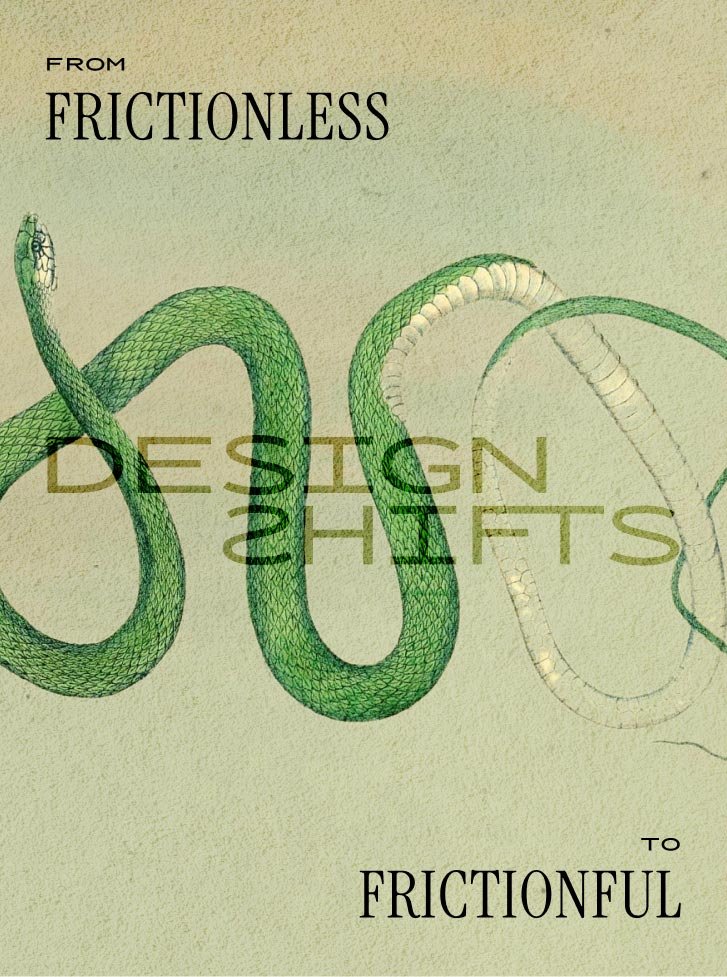
DesignShift: From Frictionless to Frictionful
Good design is frictionless, right?
Designers quickly learn that friction = bad. We spend most of our time trying to remove friction in order improve experiences. However, is this desire for — or should I say obsession with — frictionlessness always a good thing? Can friction actually enrich experiences?
DesignShift: From Frictionless to Frictionful.
Last weekend while hiking up a mountain, Molly Oberholtzer and I started talking about friction and design. She said this:
“We spend so much time making things frictionless, but by making it frictionless we make it forgettable. Friction is often the most memorable part.”
“When you learn that you can handle some friction, you realize you can handle even more. By always trying to reduce even small amounts of friction, we take away our own power to handle hard things.”
Her reflections made me think... As designers, how can friction help us create more memorable experiences? How can it help us do hard things?
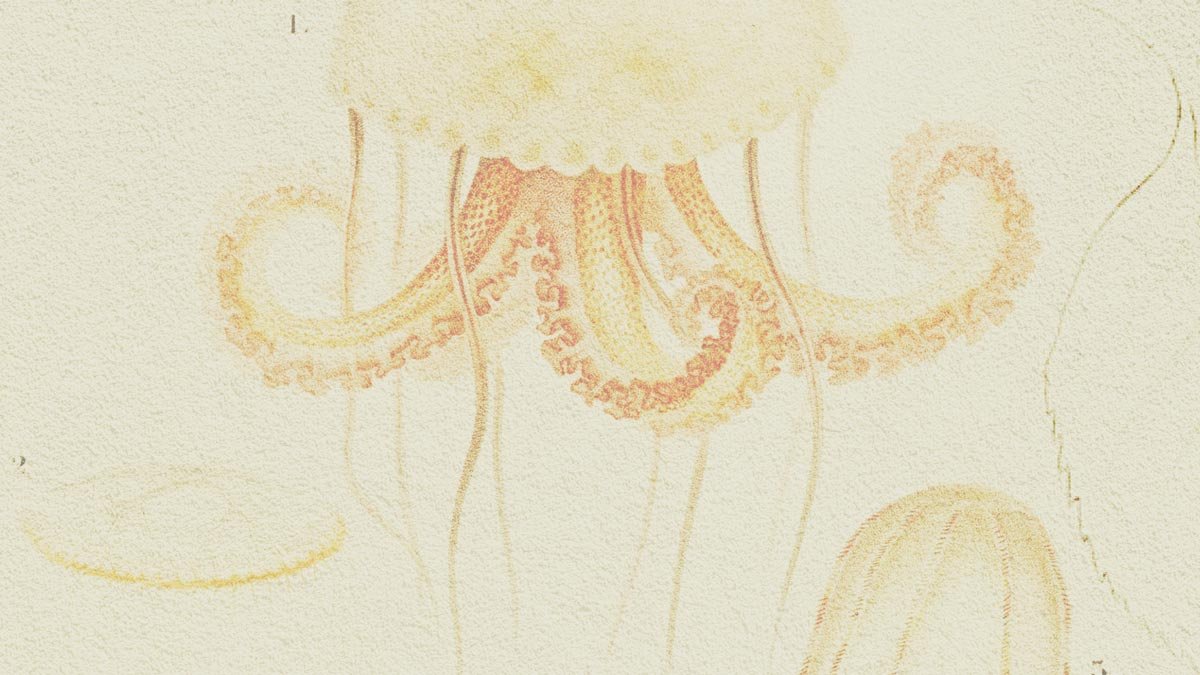
Let’s shift together
No one knows it all. Together we know a lot. See a Shift that aligns with your current work or passion? What to co-write a shift or host a collaboration session? I would love to connect.
